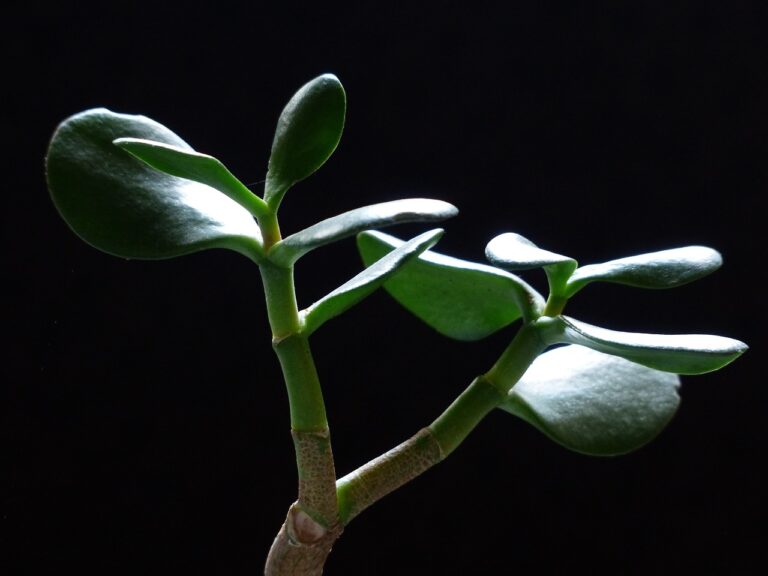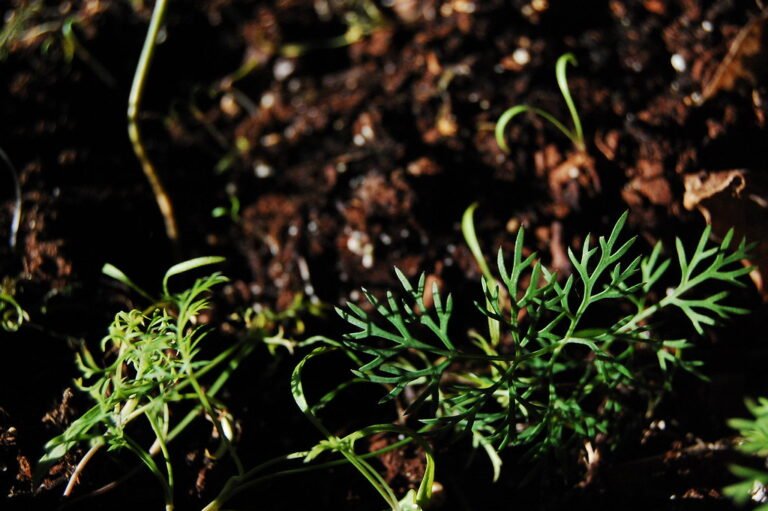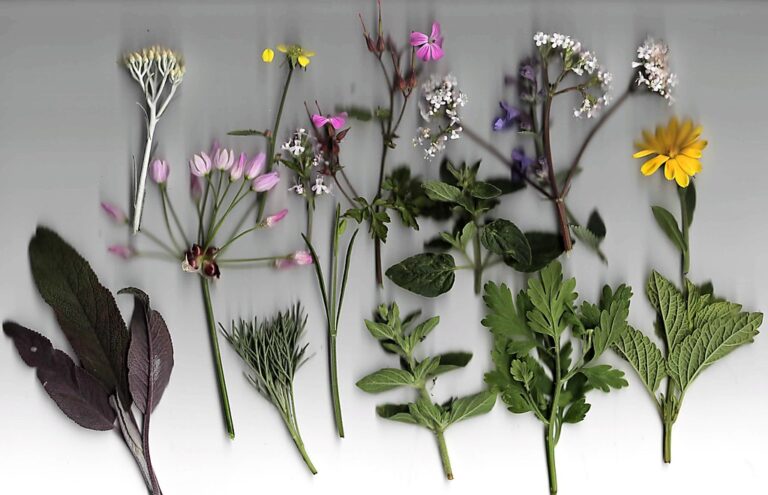Step-By-Step Guide to Growing Rosemary From Seed
Growing rosemary from seed is a meticulous process. Select quality seeds from reputable suppliers. Choose organic or non-GMO options with high germination rates. Use light potting mix and start indoors before the last frost. Guarantee well-drained soil, full sun exposure, and proper watering. Watch for true leaves to indicate maturity. Harvest in the morning and store in a cool, dark place. Following these steps will lead to successful rosemary growth. Ready to reveal the secrets to nurturing vibrant rosemary plants from seed?
Selecting Quality Rosemary Seeds
When picking quality rosemary seeds, it is vital to select from reputable suppliers recognized for their high standards in seed quality and viability. Opting for organic or non-GMO rosemary seeds guarantees a more natural growing experience, free from synthetic chemicals or genetic modifications. Checking the seed packet for information on germination rates and ideal growing conditions is key to set the right expectations and provide the best environment for the seeds to thrive.
Freshness plays a significant role in seed viability, so it is crucial to choose rosemary seeds that have been properly stored to maintain their quality. Additionally, considering pelleted rosemary seeds may be advantageous, as they are easier to handle and sow, especially for beginners or those with limited gardening experience.
When selecting rosemary seeds, pay attention to the germination rate provided on the packaging. This information gives insight into the expected success rate of the seeds sprouting, helping you plan and adjust your planting quantities accordingly. Choosing the right growing medium is also essential to the success of your rosemary seeds, ensuring they have the necessary nutrients and conditions to develop into healthy plants.
Preparing Soil and Planting Seeds
To establish ideal conditions for rosemary seed germination and growth, it is essential to carefully prepare the soil and plant the seeds with precision and attention to detail. When sowing rosemary seeds, it is important to use a light potting mix that provides good drainage. I recommend starting the seeds indoors in flats approximately 10-12 weeks before the last frost date in your region for best results.
Place the rosemary seeds on top of the soil, making sure they are not buried too deep as they require light for germination. Lightly cover the seeds with a thin layer of potting mix, gently pressing it down to ensure good seed-to-soil contact. After planting, move the flats to a warm location that receives plenty of sunlight, as rosemary seeds need warmth and light to sprout successfully.
It is vital to keep the soil consistently moist but not waterlogged during the germination period, which typically takes between 14-21 days. Be diligent in monitoring the moisture levels to prevent the soil from drying out. Once the seeds have germinated and seedlings have emerged, you can consider transplanting them to larger containers or outdoors, following the guidelines for providing ideal growing conditions.
Providing Optimal Growing Conditions
After sowing the rosemary seeds in a suitable light potting mix with proper drainage, the next essential step is to guarantee ideal growing conditions for the seedlings. To create the perfect environment for your rosemary seeds, consider starting them indoors. This allows for better control over the conditions, especially during the germination phase.
When providing optimum growing conditions for rosemary seeds, make sure they are placed in well-drained soil. Rosemary thrives in soil with a pH range of 6.0 to 7.0. Place the seeds on the surface of the soil, gently pressing them down without covering them, as they require light to germinate successfully.
To create a greenhouse effect that promotes seed germination, cover the container with plastic wrap. This helps retain moisture and warmth, creating a favorable environment for the seeds to sprout. Remember to place the container in a sunny spot indoors, as rosemary requires full sun exposure for at least 6-8 hours daily.
For best growth, wait to plant rosemary seeds outdoors until after the last frost, typically in the spring. Whether planting in the ground or in containers, make sure the soil is well-drained and the plants are spaced 2 to 3 feet apart. By providing these ideal growing conditions, you set your rosemary seeds up for success.
Monitoring Growth and Watering
Monitoring the growth of rosemary seedlings involves observing the development of true leaves to assess their progress accurately. True leaves are the second set of leaves that appear after the initial seed leaves. This stage indicates that the seedling is maturing and evolving into a more established plant. By tracking the emergence and growth of these true leaves, you can gauge the health and development of your rosemary plants.
In addition to visual cues, monitoring soil moisture is essential for the successful growth of rosemary seedlings. Check the soil regularly by inserting your finger into the top inch of the soil. Water the seedlings when this top layer feels dry to the touch. Overwatering should be avoided as rosemary plants are prone to root rot in waterlogged conditions. Consistent watering is necessary to establish healthy root growth, which is crucial for nurturing robust rosemary plants.
Adjusting the watering frequency based on environmental conditions such as temperature and humidity is vital for maintaining excellent growth. Higher temperatures and lower humidity levels may require more frequent watering to prevent the soil from drying out too quickly. Conversely, cooler temperatures and higher humidity may demand less frequent watering to avoid waterlogging the soil. By carefully monitoring soil moisture and adapting your watering routine accordingly, you can create an ideal environment for your rosemary seedlings to thrive.
Harvesting and Enjoying Fresh Rosemary
As we reach the stage of harvesting and savoring fresh rosemary, the best time to gather rosemary sprigs is in the morning when the oils are most concentrated. Using sharp scissors or shears, cut the rosemary stems just above a leaf node to promote best growth. Remember to only harvest up to 1/3 of the plant at a time, ensuring its continued growth and health. After harvesting, store the rosemary in a cool, dark place or dry it for long-term use.
Rosemary is often used in a variety of dishes, such as roasted meats, vegetables, marinades, teas, and infused oils. It grows best in well-draining soil that is kept moist but not waterlogged. If you didn’t grow rosemary from seed, you can buy rosemary plants from a nursery to add to your garden.
During colder months, consider bringing your outdoor rosemary plant indoors to protect it from frost. This herb is grown as a perennial in many regions, providing fresh rosemary year-round. By following these harvesting tips and enjoying the versatility of this aromatic herb, you can improve the flavors of your culinary creations and reap the benefits of your gardening efforts.






